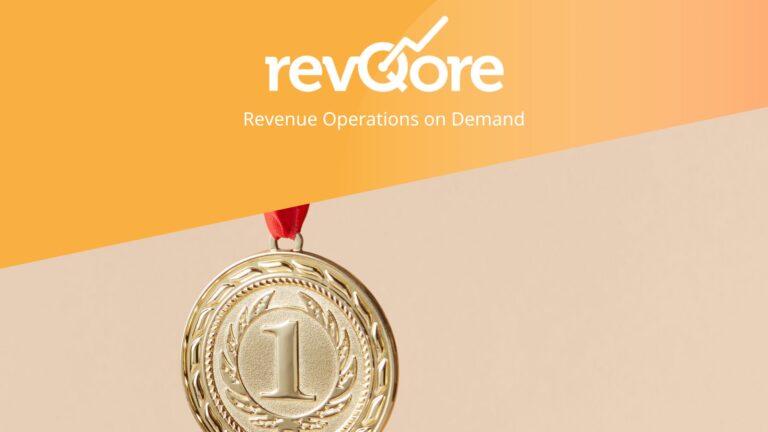Excellence in GTM Strategy and Execution starts with creating a cohesive plan that aligns a company’s product, messaging, sales & marketing efforts to effectively reach the target audience, capture market demand, and achieve measurable growth.
Here’s how to assess where you stand and what to focus on to close the gap:
1. Deep Customer Understanding
- Clear Ideal Customer Profile (ICP): A detailed understanding of the target audience, including their pain points, motivations, and buying behaviours.
- Data-Driven Insights: Use of market research, customer feedback, and analytics to refine positioning and approach.
- Segmentation: Precise segmentation to deliver tailored messaging and value propositions.
2. Clear and Aligned Value Proposition
- Compelling Differentiation: Clearly articulate how your solution uniquely solves customer problems.
- Messaging Consistency: Ensure the value proposition is consistent across marketing, sales, and customer success teams.
- Customer-Centric Storytelling: Highlight tangible benefits that resonate with the audience.
3. Robust Revenue Operations Structure
- Alignment: Tight alignment between marketing, sales, customer success and finance.
- Goal Setting: Unified goals and metrics to drive cohesion across teams.
- Feedback Loops: Continuous feedback from all teams to refine strategy and execution in real time.
- Process Optimisation: Streamline workflows to eliminate silos and create clear accountability.
- Data Governance: Ensure data accuracy, accessibility, and actionable insights across the revenue engine to enable informed decision-making.
4. Integrated Commercial Tech Stack
- Integrated Systems: A well-integrated tech stack (e.g. CRM, marketing automation, sales enablement, billing, ERP systems) allows a business to manage Lead-to-Cash processes efficiently.
- Scalable Infrastructure: Systems should be designed to support growth without introducing inefficiencies or bottlenecks (e.g. an over engineered or overly complex CRM will hinder growth).
- Tech Stack Alignment: Ensure tools in the stack are aligned with GTM goals, eliminating redundancies & focus on maximising ROI from technology investments.
5. Well-Defined GTM Playbook
- Strategic Framework: A clear roadmap outlining objectives, roles, timelines, and resources.
- Sales Enablement: Equip sales teams with the tools, training, and collateral (e.g. playbooks) they need to succeed.
- Channels of Distribution: A multi-channel approach tailored to where the audience is most likely to engage.
6. Effective Demand Generation
- Account-Based Marketing (ABM): Personalised marketing efforts targeting high-value accounts.
- Performance Marketing: ROI-focused campaigns leveraging appropriate channels e.g. paid media, content, and email.
- Inbound and Outbound Balance: Combining inbound strategies with proactive outbound efforts to create a full-funnel approach.
7. Scalability and Adaptability
- Scalable Processes: Ensure the GTM strategy is supported as the company expands into new markets or launches new products.
- Agility: Adapt to market changes, competitive shifts, or feedback from execution.
- Tech-Enabled Scale: A commercial tech stack that supports automation, analytics, and business process execution across teams.
8. Data-Driven Decision Making
- KPIs and Metrics: Clear reporting metrics & benchmarks for success (Sales Velocity, Sales Trends, Forecasting, MRR/ARR, Expansion/Renewals etc.).
- Real-Time Analytics: Ongoing measurement of campaign performance to adjust efforts proactively.
- A/B Testing: Experimentation to optimise tactics and messaging.
9. Customer Experience is Central to Everything
- Buyer Journey: A frictionless journey that nurtures trust and engagement.
- Flawless Operations: Well-coordinated execution which avoid delays or miscommunication.
- Focus on Speed: Rapid execution to gain a competitive edge, while maintaining quality.
10. Post-Sale Alignment and Success
- Customer Retention Focus: Ensure onboarding and customer success teams are part of the GTM plan.
- Advocacy Creation: Turn satisfied customers into brand advocates through exceptional service and value delivery.
Excellence in GTM strategy and execution is not just about having a strong plan – it’s about the ability to bridge the gap between strategy and action. It requires continuous learning and ensuring the business has the right foundation to scale effectively.
At the core of execution excellence is a robust Revenue Operations infrastructure, supported by an integrated commercial tech stack that enables scale.
If you’re looking to strengthen your RevOps foundation and ensure your GTM strategy translates into execution excellence, contact us here
